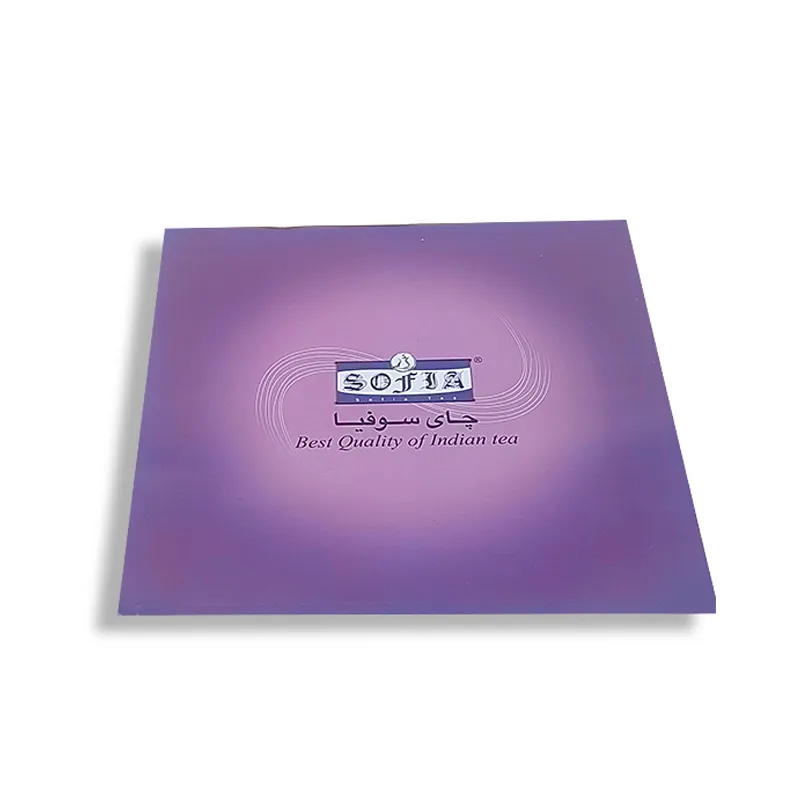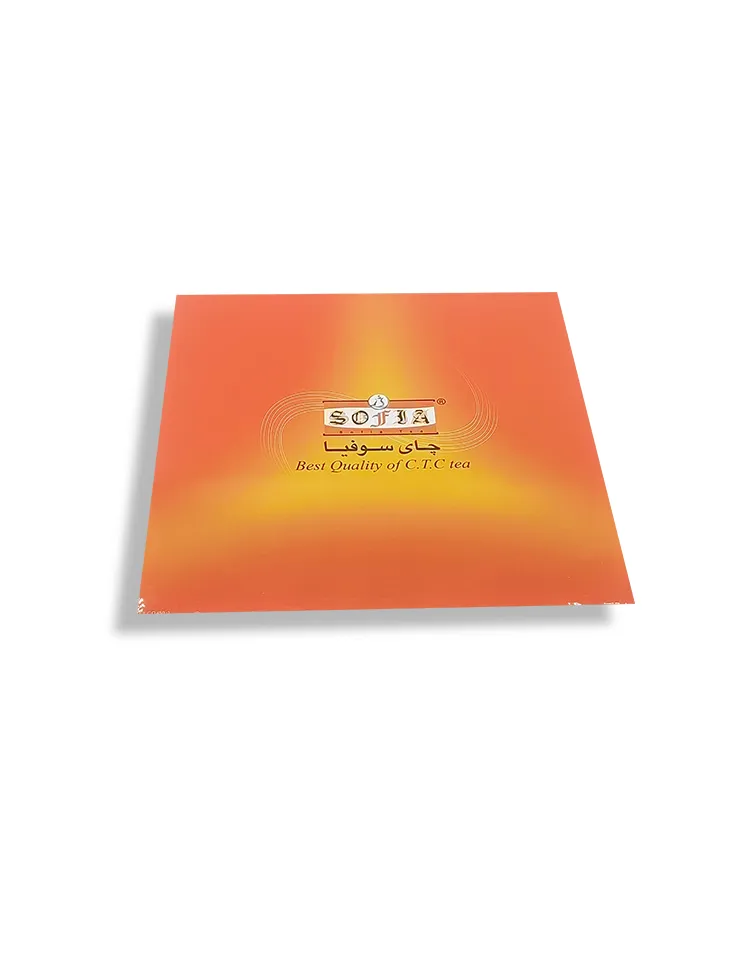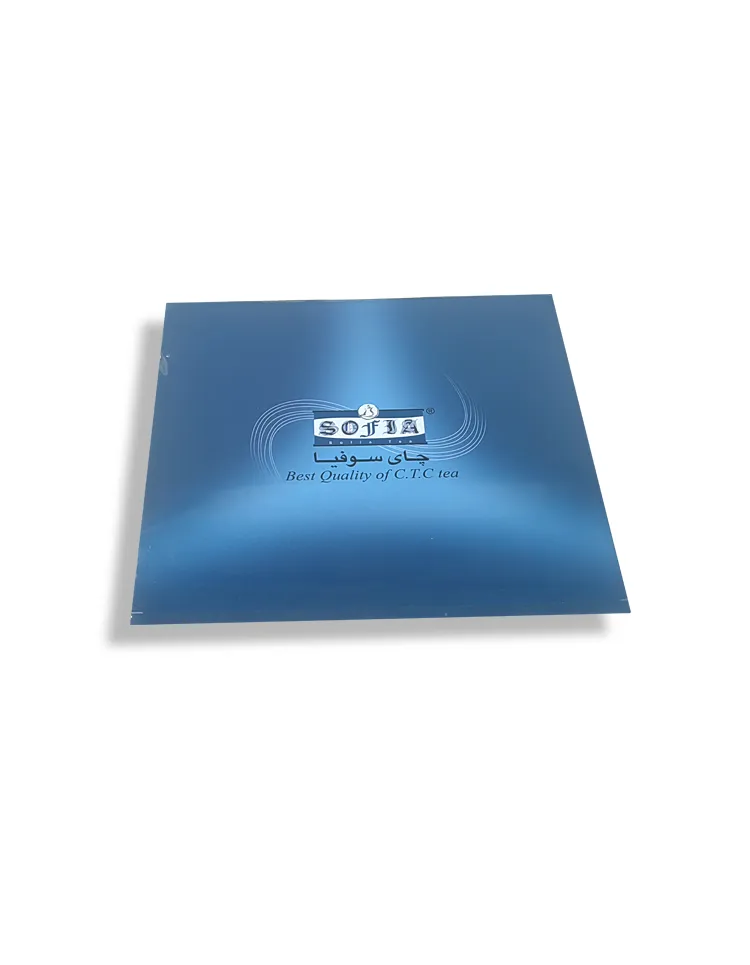Electrolytic tinplate sheet (ETP for short) is a composite material with a layer of tin electroplated on the surface of steel plate, which is widely used in the packaging industry of food, beverage, chemicals, etc. It has excellent anti-corrosion performance, good processability and glossy appearance, making it a leader in packaging materials. As a special type of steel, its wear resistance has attracted widespread attention in practical applications.
This article will analyze the wear resistance of electrolytic tin plate sheet in detail from multiple angles, including its material structure, production process, wear resistance evaluation criteria, influencing factors and its performance in application, and comprehensively answer the question of "how is the wear resistance of electrolytic tin plate sheet".

What is the structure and process of electrolytic tinplate sheet?
In order to better understand the wear resistance of electrolytic tinplate sheet, it is necessary to first clarify its basic structure and production process.
Basic structure of electrolytic tin plate sheet
The core material of electrolytic tinplate sheet is low carbon steel, usually cold-rolled steel plate. A thin layer of metal tin is coated on the surface of the steel plate by electrolytic tin plating process. A typical electrolytic tin plate sheet consists of the following layers:
● Steel plate substrate: The steel plate substrate is low-carbon cold-rolled steel, and its main function is to provide the material with mechanical strength and rigidity.
● Tin plating: The surface of the steel plate is coated with a layer of tin through the electroplating process. The main function of the tin layer is to prevent the steel from oxidation and corrosion in a humid environment, and also give it gloss and good welding performance.
● Oxide layer or tin-iron alloy layer: Sometimes a tin-iron alloy layer is formed between the tin plating layer and the steel plate, further enhancing its anti-corrosion and mechanical properties.
Process flow of electrolytic tin plating
The production of electrolytic tin plate sheet involves the surface treatment and electroplating process of cold-rolled steel plates. Electrolytic tin plating is to immerse the steel plate in an electrolyte containing tin ions, and reduce the tin ions through electric current and deposit them on the surface of the steel plate. The entire process requires strict control of the coating thickness, which usually ranges from a few microns to tens of microns. This layer of tin not only provides corrosion protection for the steel plate, but also affects the wear resistance of the electrolytic tin plate sheet.
How is the wear resistance of the electrolytic tinplate sheet?
The wear resistance of electrolytic tin plate sheet mainly depends on the physical properties of its surface tin layer and substrate. Wear resistance essentially refers to the resistance of the material surface to mechanical friction. Especially in long-term use, the wear of the material has an important impact on its performance and service life.
Hardness and wear resistance of tin layer
As a relatively soft metal, tin is far less hard than common industrial materials such as steel and aluminum. Under friction or mechanical pressure, the tin layer is easily worn, especially when the friction force is large or the friction time is long. Nevertheless, the wear resistance of electrolytic tinplate sheet depends not only on the hardness of the tin layer, but also on factors such as its surface smoothness, tin layer thickness and friction coefficient.
● Low hardness of tin: The Mohs hardness of tin is about 1.5, which means that it is easily affected by external friction. During long-term use, the tin layer may become thinner due to wear or even fall off completely.
● Low friction coefficient: Although tin has a low hardness, its surface is smooth and the friction coefficient is small, which means that in some occasions of mild friction, the tin layer can effectively reduce friction and thus delay the occurrence of wear.
Wear resistance of base steel sheet
The base material of electrolytic tin plate sheet is cold-rolled low-carbon steel, which has high mechanical strength and relatively good wear resistance. If the tin layer falls off during wear, the wear resistance of the steel plate base material will directly affect the overall performance of the material. However, once the steel plate is exposed, it is easy to react with moisture and oxygen in the air to oxidize, thereby reducing its durability. Therefore, the existence of the tin layer is not only for corrosion prevention, but also to slow down the wear of the steel plate to a certain extent.
● High strength of the base material: The strength and hardness of the cold-rolled steel plate are much higher than that of tin, so after the tin layer is worn, the steel plate base material can continue to withstand mechanical friction and maintain its wear resistance.
● Linkage effect of corrosion and wear: Although the base steel plate has good wear resistance, the corrosion problem of the steel plate will be aggravated without the protection of the tin layer. Corrosion will further weaken the structural strength of the steel and lead to a decrease in wear resistance.
Wear resistance evaluation standard of electrolytic tin plate sheet
The wear resistance of materials is usually evaluated by friction tests. For electrolytic tinplate sheet, its wear resistance is mainly tested and evaluated in the following ways:
● Wear measurement: Use standard friction equipment to perform wear test on electrolytic tinplate sheet under a certain load to measure the wear amount on its surface. The smaller the wear amount, the better the wear resistance of the material.
● Surface hardness test: Indirectly evaluate the wear resistance of the material by measuring the surface hardness. Although the tin layer is soft, the hardness of the substrate steel plate can provide support for the overall wear resistance.
● Friction coefficient test: The size of the friction coefficient affects the wear rate of the material. The friction coefficient of the surface of the electrolytic tinplate sheet is low, which can significantly improve its wear resistance in some applications.

What are the factors affecting the wear resistance of electrolytic tin plate sheet?
The wear resistance of electrolytic tin plate sheet is not constant, but is affected by many factors. These factors include coating thickness, friction environment, operating temperature, etc. In practical applications, understanding these influencing factors is crucial for the correct use of electrolytic tinplate sheet materials.
Coating thickness
The thickness of the tin layer has a direct impact on the wear resistance of the electrolytic tinplate sheet. Thicker tin layers can improve the wear resistance of materials to a certain extent because they can better resist surface friction. The thicker the coating, the less likely the material is to wear when subjected to friction. However, an overly thick tin layer may also bring some problems, such as increased processing difficulty and increased material costs. Therefore, in actual production, the appropriate tin layer thickness is usually selected according to different uses and requirements.
Friction environment
The friction environment is one of the important factors that determine the wear resistance of electrolytic tinplate sheet. Different use environments may cause different degrees of wear on the surface of the material. The main influencing factors include:
● Friction load: Under high load, both the tin layer and the substrate of the electrolytic tin plate sheet are subjected to greater pressure, resulting in increased wear.
● Friction speed: High friction speed may cause the surface temperature to rise, thereby softening the tin layer and making it more susceptible to wear.
● Friction medium: If there is a medium (such as liquid or particles) during the friction process, the type and characteristics of the medium will also affect the wear of the material. For example, particle friction will increase surface wear, while liquid media may slow down the effects of friction.
Use temperature
Temperature has a significant effect on the wear resistance of electrolytic tinplate sheet. Tin has a low melting point (about 232°C). In a high temperature environment, the tin layer may soften or even melt, which greatly reduces its wear resistance. In addition, high temperature may also cause thermal expansion of the steel plate substrate, further affecting the mechanical properties and wear resistance of the material.
● Low temperature conditions: In a low temperature environment, the mechanical properties of the tin layer and the steel plate are relatively stable, and the wear resistance is good.
● High temperature conditions: Under high temperature conditions, the softening of the tin layer may cause its wear resistance to drop sharply. Therefore, when using electrolytic tinplate sheet in a high temperature environment, special attention should be paid to the wear resistance of the material.

How does the wear resistance of electrolytic tinplate sheet perform in actual applications?
Electrolytic tin plate sheet is widely used in food cans, beverage packaging, chemical containers and other fields, and these applications have different requirements for the wear resistance of the material. In these fields, the wear resistance of electrolytic tinplate sheet shows different characteristics.
Food cans and beverage packaging
In the packaging of food and beverages, the main function of electrolytic tin plate sheet is corrosion protection, and wear resistance is not the main consideration. However, the can production process involves mechanical processing, sealing and other links, and a certain degree of friction will occur in these links. The wear resistance of electrolytic tinplate sheet under such mild friction conditions is good and can meet the basic needs of the packaging industry.
Chemical containers
When used for chemical packaging, the wear resistance of electrolytic tin plate sheet faces greater challenges. Some chemicals may be corrosive, and the surface of the container may be subjected to mechanical friction during transportation and storage. Although the anti-corrosion performance of electrolytic tinplate sheet in these applications is more prominent, its wear resistance is still a factor that needs to be focused on. In a high-intensity chemical environment, the wear of the tin layer will cause the steel plate to be exposed, which will cause corrosion problems. Therefore, in these applications, it is necessary to appropriately increase the thickness of the tin layer or take other protective measures.

